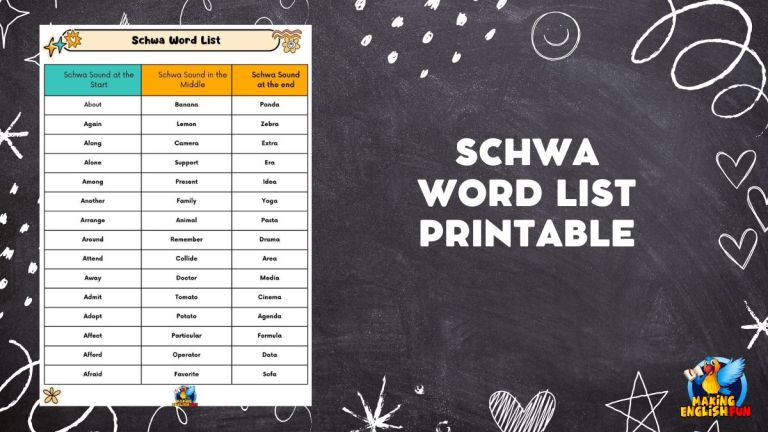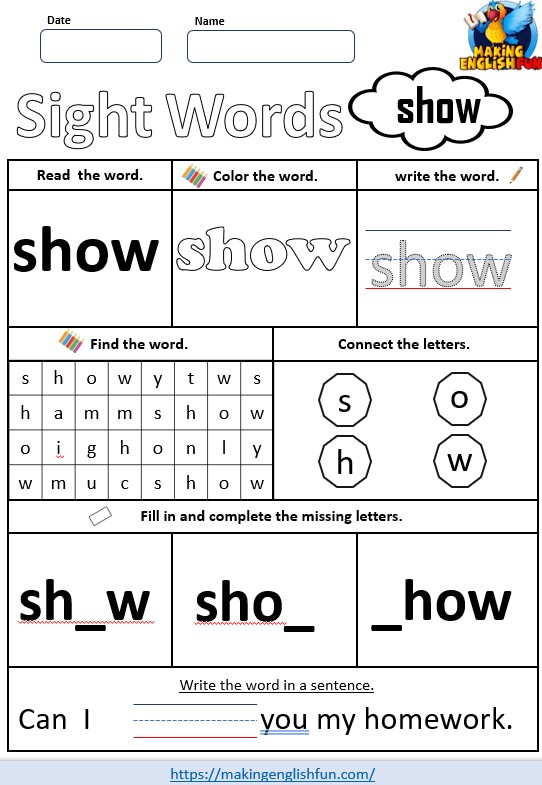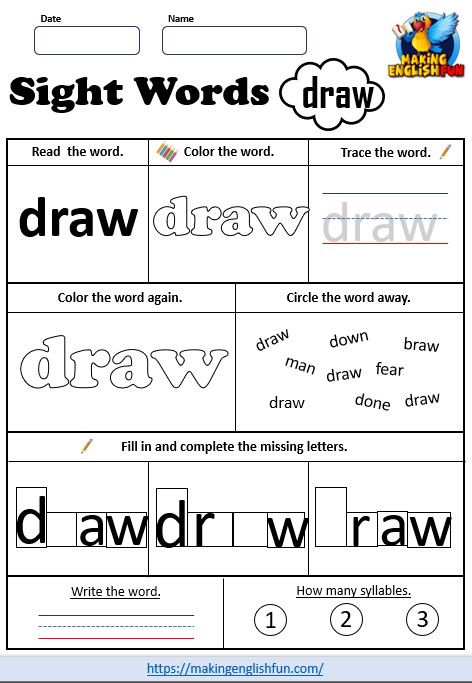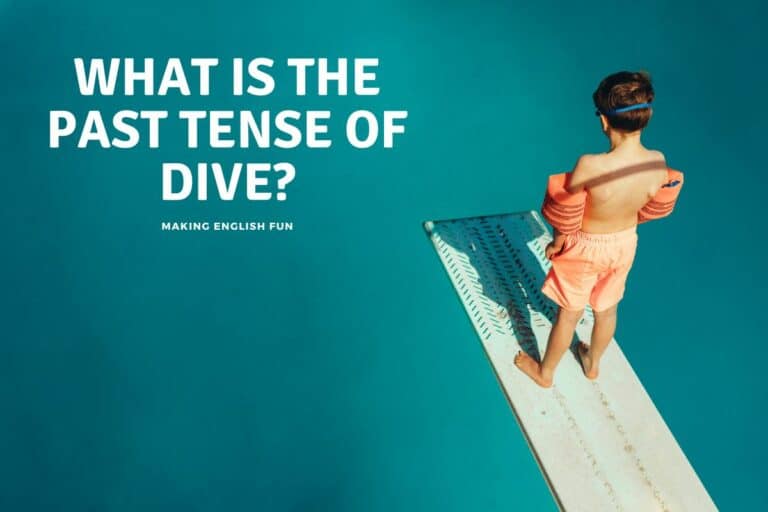Meta Cognition Activities and Reading Comprehension
Teaching any reading strategy takes practice, and all offer benefits to students . The metacognition reading comprehension strategy is spectacular at teaching students to use the knowledge and skills from the other six reading comprehension strategies to evaluate and assess their own learning.
Metacognition and evaluating skills can be taught using many traditional classroom activities, mill drills, idea boards, Why, What, Where and time capsule activities are all relatively easily adapted to enable teachers to teach and practice meta cognition and evaluating skills with their students.
It is important to know what meta cognition is and I always prefer my definitions In the simplest terms!
Meta cognition is thinking about thinking.
me
Ok it might need a little more explanation that that, we have a (large article) here on the 7 reading comprehension strategies here that goes deeper if you need, and if you want the theory behind this here are a good selection of books covering reading comprehension strategies here. However Meta cognition in a teaching context is our attempt to give our students the skills they need to evaluate their work, their thinking and their learning. If we can give them the self awareness to know what works for them, wheat they can do to improve and progress we have have instilled in them skills for life long learning. Now that is something worth pursuing! We have a reading strategies workbook in our shop if you are looking for some printable resources on all seven reading strategies.
Now Meta Cognition tends to draw elements of the other six reading comprehension strategies into its sphere and so designing specific activities to teach, introduce and assess it can be slightly problematic. We have listed five below that we have used in classrooms, and linked to more in case this selection doesn’t work for you. Which ever you use, these strategies are the tip of the sword in skills teaching and if you are here considering how to give them to your students you are already winning as a teacher!

Four Activities to Teach Metacognition
1) Think, Pair, Share Activities for Meta Cognition
Think pair share is a collaborative discussion strategy that can with work with primary to university age students.
- Teachers pose a question and asks the students to think about it for a few minutes.
- Then you pair, or small group the students so they can discuss their thoughts with each other and you can monitor / keep on track
- Then return to a whole class activity and ask the class to share any ideas or information they learnt from themselves and their classmates.
- You can of course allow students to write down their and their partners thoughts as well.

Using it for Meta Cognition in English Teaching
We are an English teaching website so indulge me when I use an example form English lessons. I have used this after completing the reading of a book or chapter. ( of any level). I am in control of the questions so i can steer in any direction I like. It can be questions on motivation, how the reading relates to their lives, what would they do, what was the chapter about, where there any parts they didn’t understand, what can they do to help them understand.
and you can start to see that any and all reading strategies can be practiced with this activity. They get the chance to think first, then share with a friend / partner before risk taking and sharing with the whole class. This is a good way to introduce complex topics in particular as it allows them to take the time to get their thoughts in order before presenting them.
2) Thought Time Capsule / Write a letter to yourself
There are a few versions of this activity. the examples I have seen focus on writing a letter to future students about what they should think about if embarking on the course. We do it a slightly different way. We use a time capsule (a large empty water bottle!) and ask students at the beginning of the year to write a letter to themselves at the end of the year, term, semester, This letter should include questions they have, what they want and what they think they will learn. The pop it in an envelope and put it in the bottle, which we can then seal up and put somewhere. (I wouldn’t bury it though!) Then a year after they can ”receive their letter” and answer their own questions with the knowledge they now have.

How to do
- At the start of the year have your students write about what they think they will learn, what will be difficult, what questions would they like to be answered etc.
- Put all the letters in a large water bottle ( empty!) and seal it up for the end of the year.
- Now at the end of the year, open up and deliver the letter to the student. (you could mix this up if you wanted as well)
- Students now have to think about what they learnt, what they felt was important, tips for their past self and reply to the letter. They have the opportunity to reflect and evaluate their own learning and put it into a real purpose.
- They can offer advice on what strategies worked for them, and it brings to the forefront how that individual student thinks and learns and actually encourages them to put it in writing for the future.
We love doing this, it firmly includes a beginning and end to their learning for the year.
3) Post it Up

Also known as the sticky note challenge this activity is nice, simple and resource light. It can be used to encourage students to reflect on their learning, and how they learnt and requires little set up. It is useful to use it after sections of work so they can carry and develop their knowledge and skills from one task to the next.
- Set up board / walls with headings ( these heading can be anything you like but if Meta Cognition / evaluating I would use the following or similar)
- What i learnt – what skills did i use – what could i do better and why- what was difficult and why- What would i change and why – What was easy – why.
- Then give a number of Post It Notes to students, you can do this individually or in groups, and ask them to look at the headings
- They have to think of at least one for each heading and then stick it on that board.
- Take a photo / save the board at the end.
This is great for quick and targeted reflection activities. Therefore it is better to do it while the task is still fresh in students minds. It allows them to keep asking themselves these questions through out the year, and makes sure the skills are both being used, and given meaning throughout the year.
4) Meta Cognition in a Primary Classroom.
Although the ideas above can be scaffolded to suit many levels of learners (and we have done) it is more difficult to gauge what level to aim for if working in Primary or Grade School classrooms. One way of doing is is for the teacher to be the model of thinking for the students, and one study in particular demonstrates this very well. I will summarize this ( another reading strategy!) here but STRONGLY recommend you head over and take a look. It includes lesson plans that are easily adaptable for other resources and books.

Interactive Read Aloud Activity For Metacognition.
- This is a Read Along, story telling that enables students to interact as the story is being told and and as a result they are able to develop thinking and comprehension skills.
- By being activity involved they can start to process the information with things they already know, things they think will happen and why ( prediction)
- The teacher can model questions or Think aloud, during the reading, questions about motivation, if it relates to their lives, summaries and visualizations. Doing this will allow students to experience what they can do do expand their own understanding of texts.
- All reading strategies can be modeled lie this, including Meta Cognition. After finishing the book the teacher can model evaluation techniques, what they learnt from the books, or I didn’t understand that so i better go back and re read etc.
Check out the full lesson and explanation from the University of Indiana here.
Final Thoughts
Reading Strategies and Comprehension Strategies are the skills that you can give your students to enable them to progress on their own with out you. As sad as this may seem, it is every teachers aim, to be able to pass on not only knowledge but skills on how to use it and how they can acquire and create more. These are higher order thinking skill but not a ”higher year” task and can be introduced from a very early age. The four activities in this article have been used very successfully, and f course averagely successfully – we are teachers after all!, in classrooms all over the world. Help your students learn more about how they think and learn is the greatest gift we can give them as a teachers and sets them up for a word where knowledge is everywhere but the skills to use judge, use and analyze it are sorely lacking.
Further Reading and Sources
- [1] Hinton, SE. (1967). The Outsiders. New York: Viking Press.
- Metacognition Activities in Text Studying – Bernadette Van Hout-Wolters
- Using Meta cognition to promote learning – Idea
- Metacognition in the Primary Classroom – John Wolf

Hi I’m Marc. A teacher of over 15 years, English, General Studies and Outdoor Education. Thought it was about time to sharing both what I have learnt during that time and the resources I have put together. On this site we aim to teach the theory and share our thoughts, but also go that one step further and give you access to the hard resources you need for your class or for you children









5 Comments